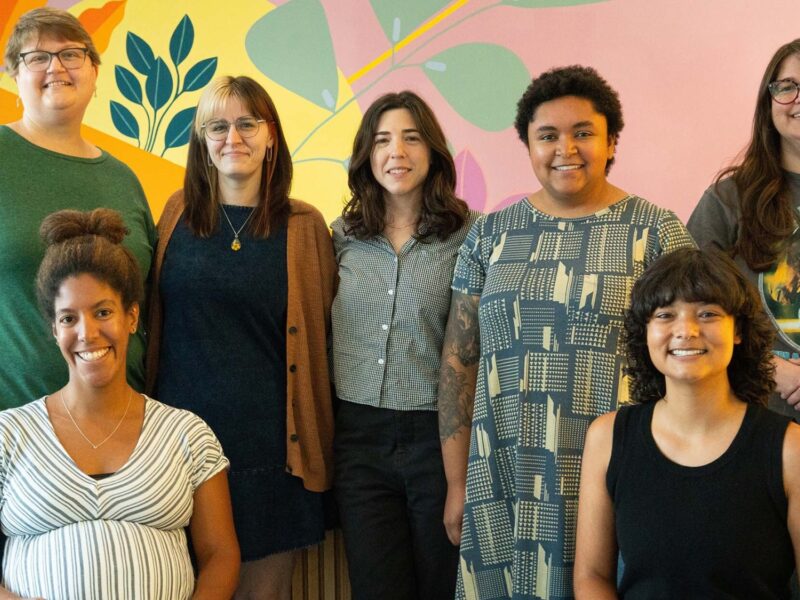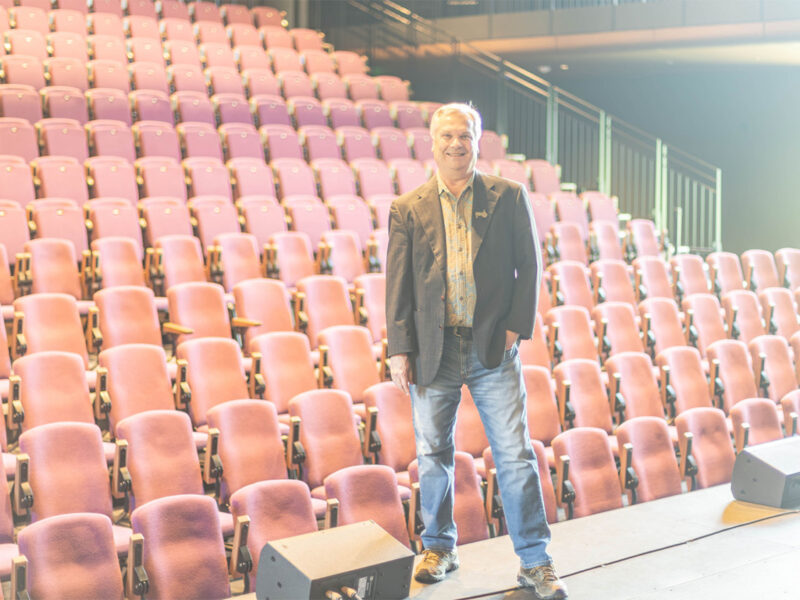Learn these DAF facts to better guide your work with donors.
Even though donor advised funds (DAFs) are one of the most popular giving tools in the country, there are still many misconceptions about this charitable giving vehicle. In the final part of our series on DAFs, we will discuss the criticisms often associated with this specific fund type. The more you understand about DAFs and how they work, the easier it will be for you to talk to your donors about DAFS.
1. DAFs Grant More Than Private Foundations
Some people presume that private foundations grant out more money than DAF holders because they have a legal requirement to do so. However, according to the National Philanthropic Trust’s annual report, the grant payout rate for DAFs in 2022 was 27.3%, the highest grant payout rate on record. Without having a mandatory rate they must distribute, fundholders tend to give more grants and recommend them more often throughout the year than many private foundations.
“Since the introduction of the Tax Act of 1969, private foundation fundholders have been required to distribute at least 5% of their assets on an annual basis,” said Senior Vice President of Philanthropic Services Jeremy Wells. “That was meant to serve as a floor, but what we've seen over the last 50-plus years is that it's served more as a ceiling. So if you look at average payout rates for private foundations, that have this mandatory 5%, it nationally hovers around 6.5 - 7% per year. If you look at average payout rates for donor advised funds, it’s north of 20%.”
The Saint Paul & Minnesota Foundation requires DAF fundholders to stay active with their grantmaking through a dormant fund policy. These sorts of grant policies are also required to fall in line with the national standards for community foundations established by the Council on Foundations.
2. DAFs Are an Easy Way for Donors to Give Anonymously
A DAF can be a great way for donors to give anonymously. At the Foundation we’ve seen that anonymity actually creates a greater opportunity for nonprofits than it would if that option didn't exist. Here’s an example.
“We have a couple that contributed about $2,500 a year to their church out of their DAF,” Jeremy said. “When their church was doing a capital campaign, the couple visited with us and said they wanted to support the church by making bigger gift, but didn’t have the capacity to give that way on an annual basis. So what they did was recommend a $25,000 grant anonymously out of their fund to the church, and then continued to give their annual $2,500.”
If there wasn’t an opportunity to give anonymously, the couple shared that they wouldn't have made that large of a gift out of fear that they might be treated differently or stewarded differently. While DAF fundholders do have the ability to recommend grants anonymously, that is certainly not the norm and rather used most often in situations such as this.
3. DAFs Allow Private Foundations More Ways to Give
A DAF is a great vehicle for accepting and receiving gifts and then distributing them because DAFs can accept gifts from a variety of donors. Private foundations will often partner with DAFs to accept collective giving opportunities that private foundations can’t.
For example, three private foundations want to support causes centered around racial equity. To carry out that goal, they may choose to work with a public organization such as a community foundation to open a DAF, so that they can pool resources to make a greater impact in the community.
Similarly, if a private foundation is looking to start a new line of giving, it may want to utilize a DAF as a starting point. For example, a foundation may have been set up to specifically support the arts, but now the private foundation is interested in supporting education. Rather than hiring staff to build capacity for a new area of giving, it may want to establish a DAF through a community foundation where they know staff are equipped with the capacity and expertise to grant to different entities in the community. This temporary solution allows them more time to possibly choose to build this expertise internally.
4. Opening a DAF with a Community Foundation Exposes Donors to Communities' Biggest Needs
Not only can DAFs be used as a great tool for donors to give to their favorite causes, but it can also be a great way for donors to learn about other organizations.
The Saint Paul & Minnesota Foundation educates donors on issues currently impacting their communities. Our philanthropic advisors partner with our Community Impact team to make sure donors are aware of the issues and areas that are experiencing the greatest need.
“It’s encouraging to see donors interested in increasing their impact, whether it’s supporting a new cause or incorporating new organizations into their existing plans,” shared Philanthropic Advisor Heidi Tieszen. “Because of our work in the community, we are able to provide donors with first person information from nonprofits and connect them to organizations and causes they weren’t previously aware of.”
“Because of our work in the community, we are able to provide donors with first person information from nonprofits and connect them to organizations and causes they weren’t previously aware of.”
Heidi Tieszen, Philanthropic Advisor

5. Community Foundations Are Moving Toward the Use of Hate Screenings
Some are concerned that DAFs can be used as a shield to fund hate groups. Many community foundations are using screening tools to ensure that this is not the case. The Saint Paul & Minnesota Foundation is an organization that values equity, and we currently use the hate map screening tool from the Southern Poverty Law Center (SPLC) to ensure grants don't go to hate groups. When donors give through their DAFs, grants are put through a due diligence process to ensure they're not inadvertently supporting organizations promoting hate or discrimination.
Our hope is that by providing more information on the benefits of a DAF and how to work with donors who have them, you can cultivate DAF holders in ways that are helpful to your organization's growth and sustainability.
If your organization is interested in learning more about donor advised funds, contact a member of our Philanthropic Services team.
The Saint Paul & Minnesota Foundation does not provide tax, legal or accounting advice. Please consult your own tax, legal and accounting advisors regarding your individual situation before engaging in any transaction.









